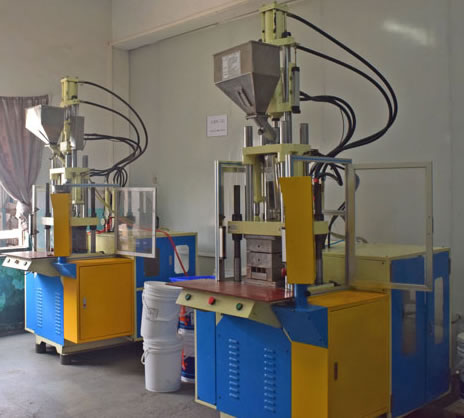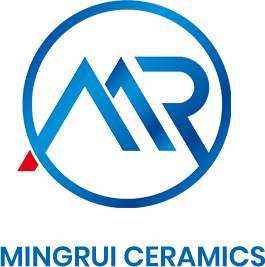Process
Ceramic injection molding
Injection Molding: refers to a mold with a certain shape, which is formed by injecting a molten colloid into a cavity by pressure.
The principle of the process is: melting the solid plastic according to a certain melting point, and using the pressure of the injection machine. A certain speed is injected into the mold, and the mold is solidified by water channel cooling to obtain the same product as the design cavity. It is mainly used for the molding of thermoplastics and also for the molding of thermosetting plastics

Process flow:
The complete injection process includes:
1. Preparation before molding;
2. Injection process;
3. Post-treatment of the product.
Preparation before molding:
In order to make the injection molding go smoothly and ensure the quality of the product, a series of preparations such as raw material pretreatment, cleaning the barrel, preheating the insert and selecting the release agent are required before production.
Injection process:
The injection process generally includes: feeding - plasticizing - injection - cooling - demoulding.
Injection molding feed:
Since injection molding is a batch process, quantitative (constant volume) feeding is required to ensure stable operation, plastic plasticization is uniform, and finally high-quality plastic parts are obtained.
Injection molding plasticization:
The molding material is heated, compacted and mixed in the barrel of the injection machine to convert from a loose powdery or granular solid to a continuous homogenized melt.
Injection molding injection:
The plunger or screw starts from the metering position in the barrel, and a high pressure is applied through the injection cylinder and the piston to pass the plasticized plastic melt through the barrel.
The nozzle at the front end and the gating system in the mold are quickly fed into the closed cavity. The injection can be subdivided into three stages: flow filling, pressure filling and backflow.
Injection molding cooling:
When the plastic of the casting system is frozen and the pressure is kept, it is no longer necessary to keep the pressure. Therefore, the plunger or the screw can be returned, the pressure of the plastic melt in the cylinder can be removed, and the new material can be added, and the cooling water can be introduced into the mold. Cooling medium such as oil or air, further cooling the mold, this stage is called cooling after the gate is frozen. In fact, the cooling process begins when the plastic melt is injected into the cavity, which includes the period from filling, holding, to demolding.
Injection molding release:
The plastic part can be opened by cooling to a certain temperature, and the plastic part is pushed out of the mold by the pushing mechanism.
Post-processing of the product:
1. Annealing: eliminating residual stress;
2. Humidity control: Stabilize the color, performance and size of the plastic parts.
Advantages and disadvantages of injection molding:
Advantages:
special ceramic materials with special shapes and small sizes can be made, which can be mass-produced;
Disadvantages:
Can not make products with large size specifications.

 EN
EN  CN
CN
